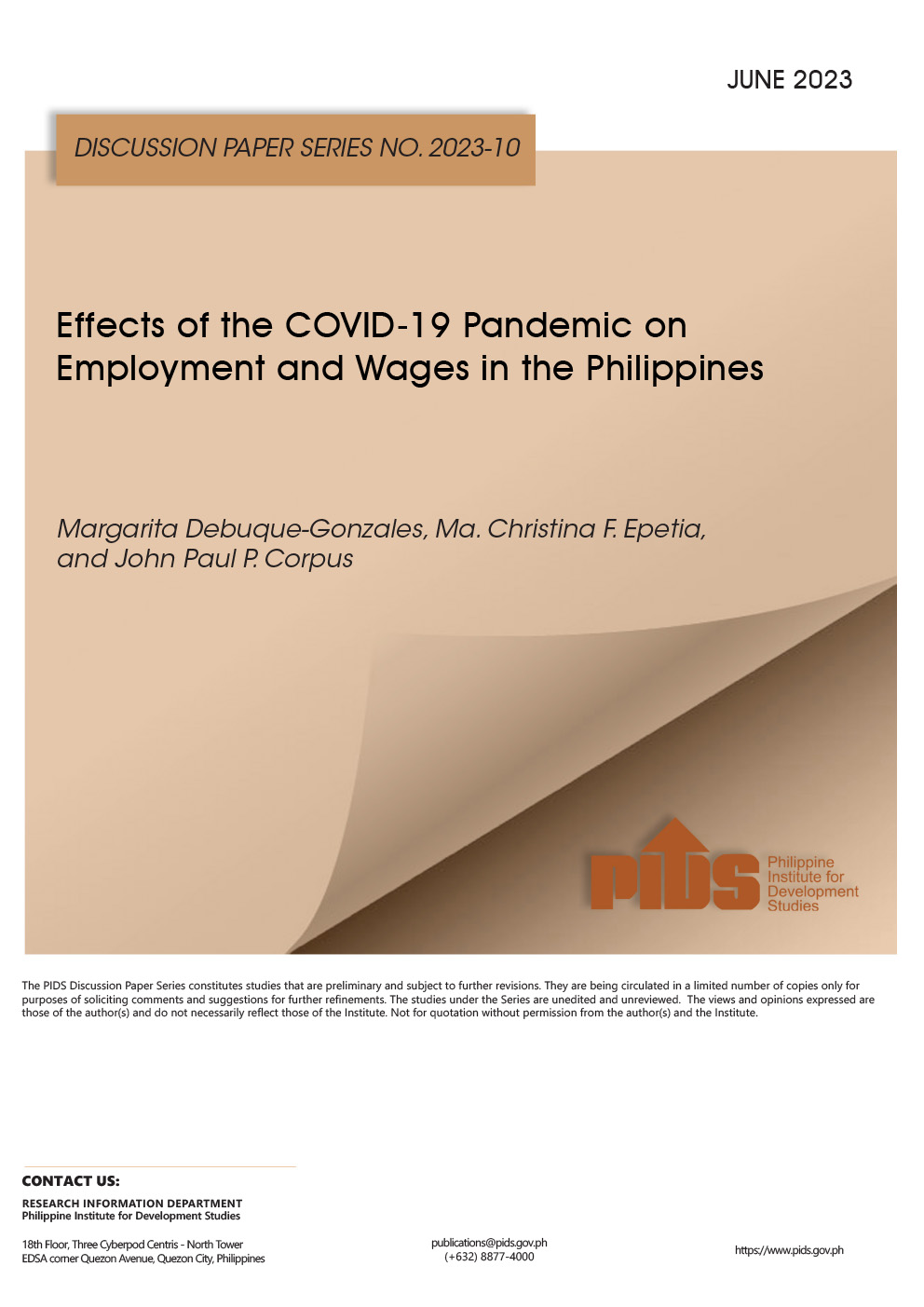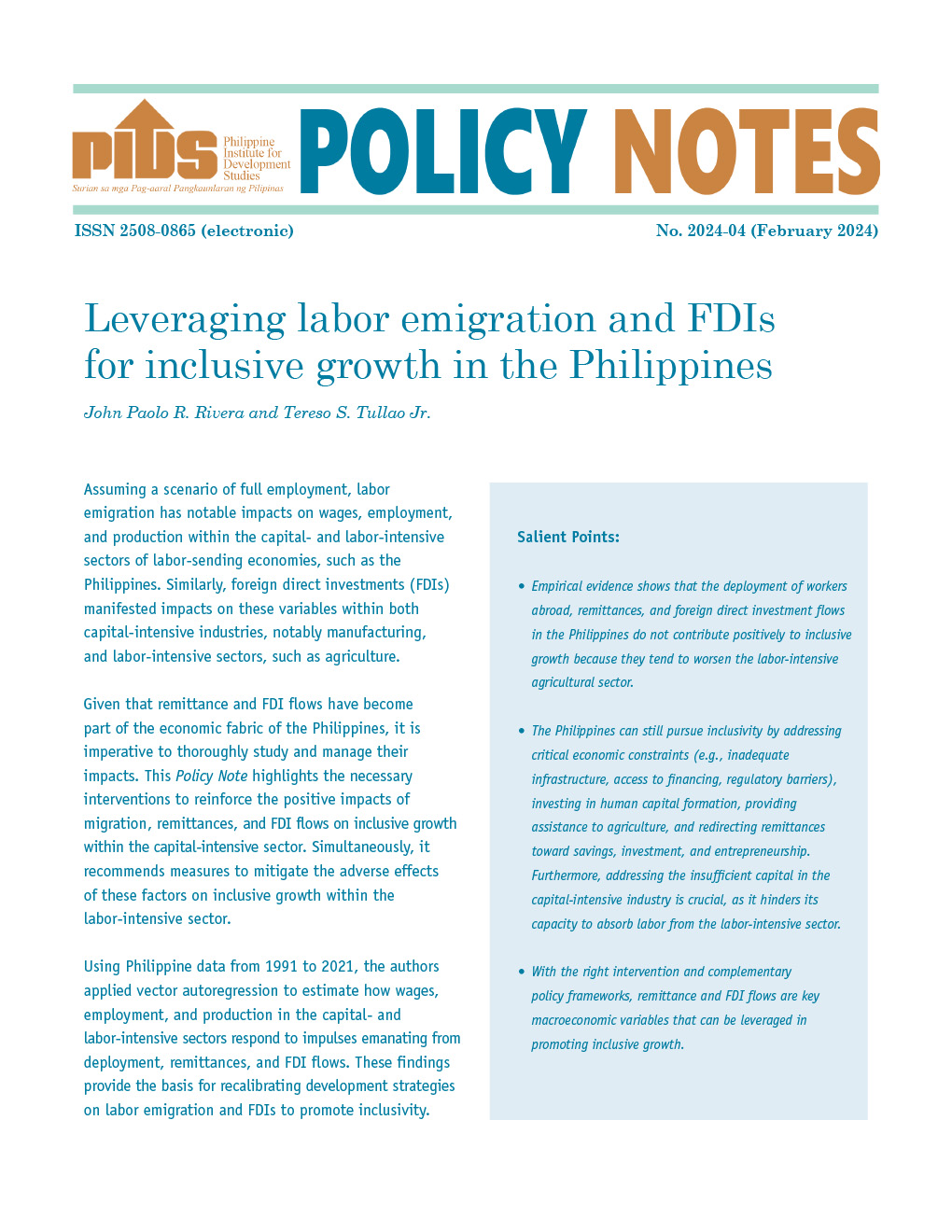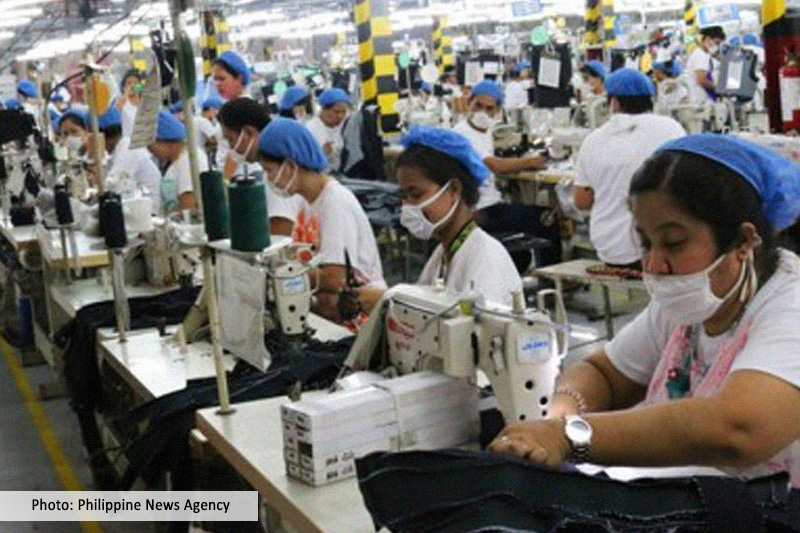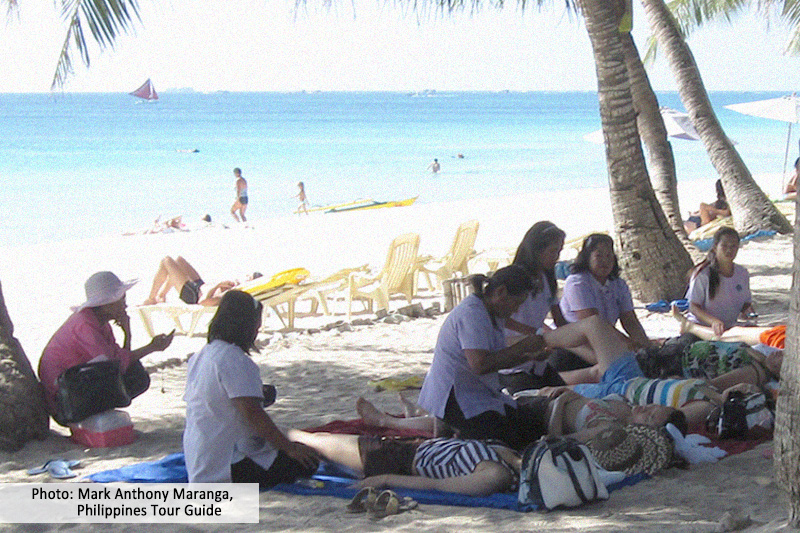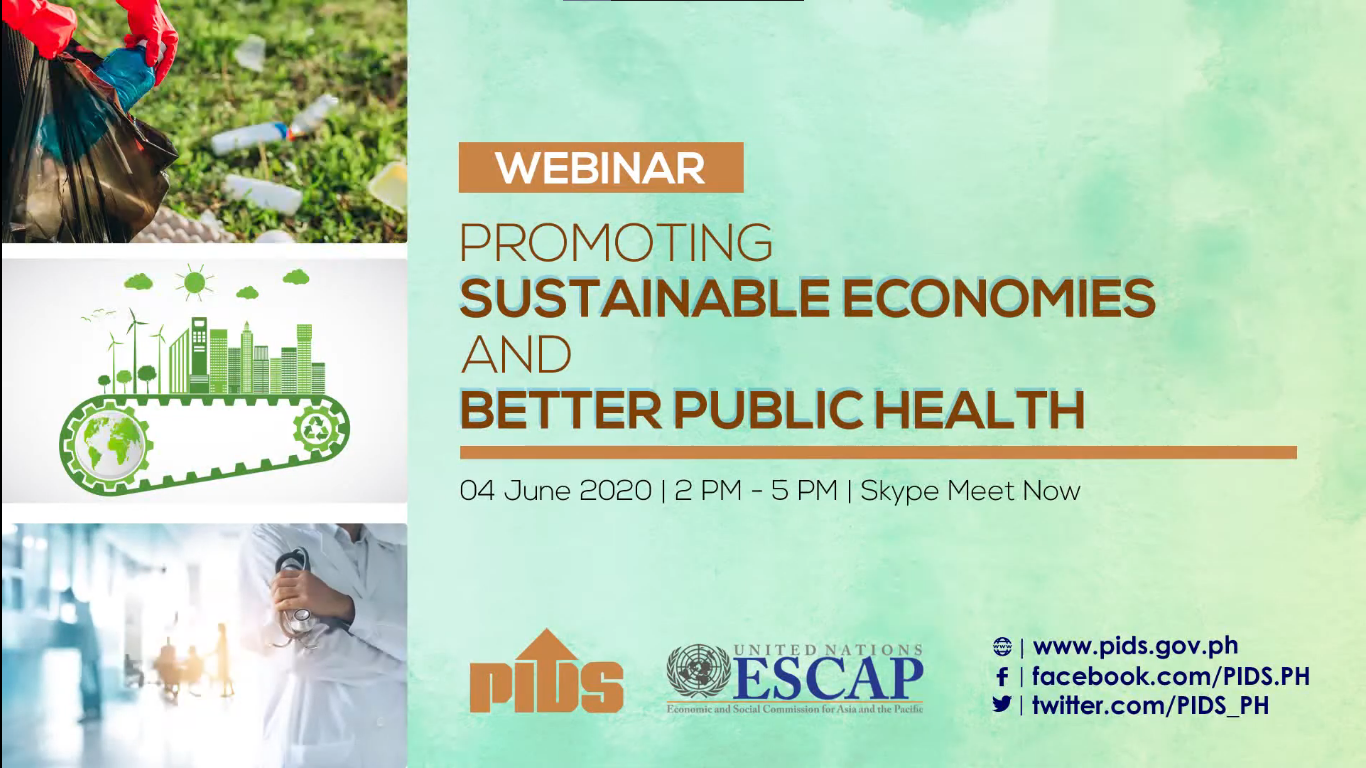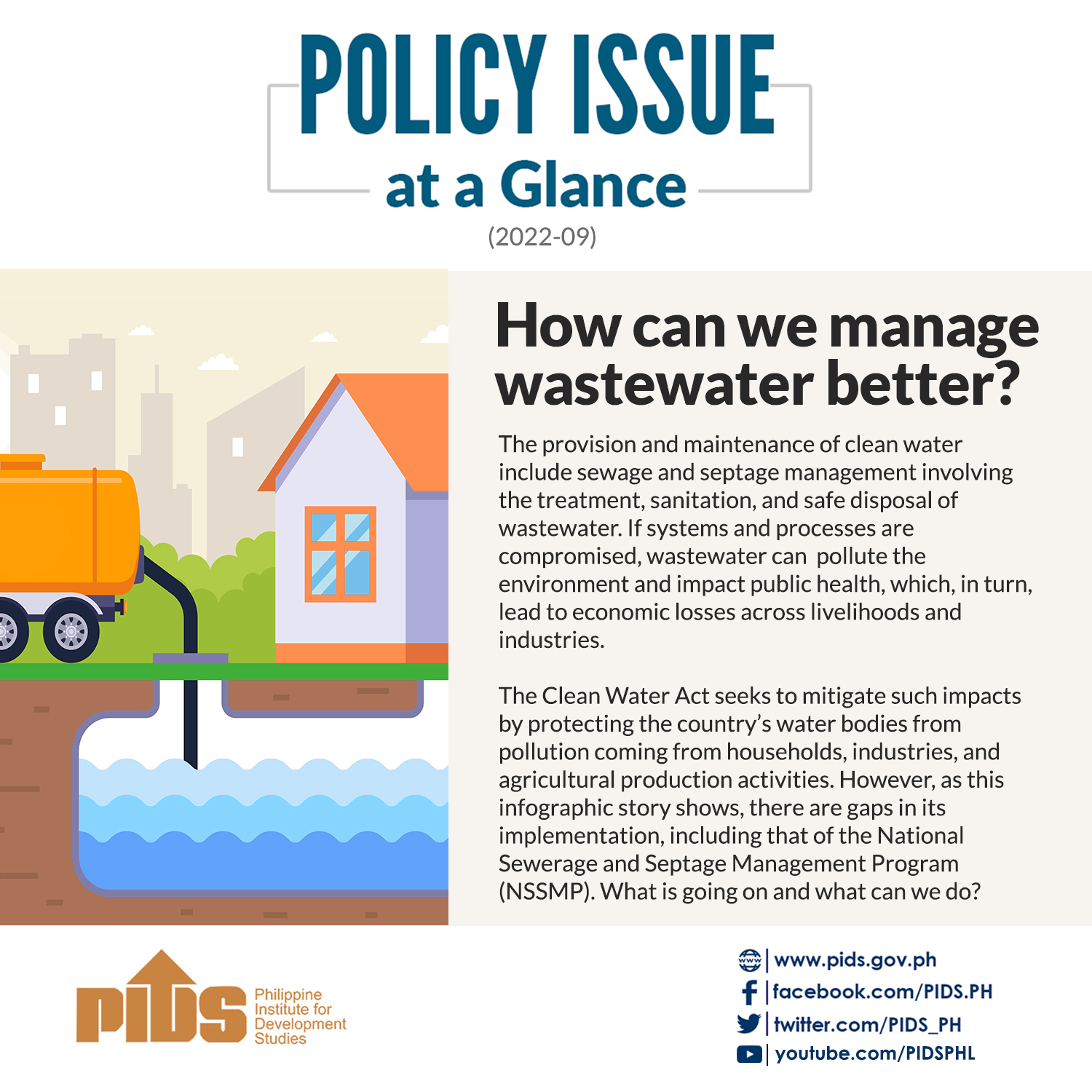Students, together with white and blue collar workers, are once again braving Metro Manila traffic as classes resume this month. For instance, vehicles move at just 16.3 to 19.4 kilometers per hour on average on EDSA, Metro Manila’s main thoroughfare. And yes, vehicles on EDSA crawl painfully slower than a moving bicycle.
How much has traffic cost the country? A recent estimate from the Philippine Institute for Development Studies states that in EDSA’s 12-kilometer Super Corridor alone, the marginal social cost due to congestion stood at P5.5 billion a year. That is roughly equivalent to P15 million a day.
Several modes of transportation operate along EDSA such as the Metro Rail Transit (MRT), buses, FX vans, jeepneys, and private vehicles. However, Metro Manila’s existing road capacity is severely limited and cannot accommodate the huge and still growing urban population.
One factor that aggravates the congestion along EDSA’s whole 24-kilometer stretch is the reckless and risky behavior of drivers. According to the Metro Manila Development Authority (MMDA), the number one traffic violation committed by drivers is "Disregarding the Traffic Signs.”
Similarly, "Obstruction” and "Loading or Unloading in Unspecified Areas” are among the top violations. For public utility vehicles (PUVs), this is not an issue of traffic illiteracy -- as it is an issue of a dysfunctional driver compensation scheme.
Overtaking maneuvers, beating a red light, and stopping multiple times every few meters to ferry every passenger (even when the green light is on!) -- these examples of misbehavior are symptoms of how a driver responds to a compensation scheme where compensation is tied to the number of passengers one gets.
In this environment, a PUV driver dangerously competes for passengers against fellow PUV drivers, to the extent of skirting and violating traffic rules and regulations. It is no wonder that accidents happen frequently.
In a consultation with bus operators initiated by the Department of Justice Office for Competition, Provincial Bus Operators Association Chair Alex Yague said that in the past, the number of bus operators was manageable. Drivers and conductors were paid a fixed income. The setup was beneficial for both drivers and passengers -- drivers were assured of a adequate rest and take-home pay, while passengers were able to manage their time as buses arrived at regular intervals. Further, the risk of accidents on the road was low.
Hence, a worthwhile advocacy is to secure the income of drivers and conductors by mandating a decent wage that operators will pay them. In 2012, the Department of Labor and Employment (DoLE) saw this as a pressing issue and subsequently released Department Order 118-12 to fix the wages of drivers. Since then a number of related bills have been filed in Congress.
After more than two years, however, no distinguishable change has happened in terms of the working hours (still 12 to 14 hours a day) and the take-home pay of drivers. There was no improvement either in reducing the traffic violations between 2012 and 2014, as recorded by the MMDA.
A recent econometric analysis, conducted by University of the Philippines -- Diliman students, Rebekka de Jesus and Ina Lingan, confirms such observation. They conclude that the DoLE Order may not have changed driver behavior.
How so? Because the new policy mirrors the old one, if gamed.
In the old system, a driver pays his operator a fixed daily "boundary” and gets to keep the rest for himself or his family. In the supposedly new system, a driver’s salary has two components: (1) fixed income, and (2) a commission-based income. When the fixed income portion is lower than what a driver usually takes home in the old system, he is incentivized by the commission-based portion, where he earns extra for every additional passenger he gets above a certain quota. Even key regulators like the Land Transportation and Franchising Regulatory Board (LTFRB) Chair Winston Ginez agree that the current scheme is no different from the old one.
Regulatory agencies like the LTFRB should start reviewing the compensation scheme governing PUV drivers. They must adopt a wage structure for bus drivers and make incentives based on good driving behavior, not on the number of passengers picked up.
According to the information gathered by de Jesus and Lingan, less than one percent of operators submitted a Certificate of Compliance. This also suggests that enforcement of rules remains a serious problem.
Senator Miriam Defensor-Santiago has expressed concern over the behavior of drivers and conductors of PUVs. The legislative intervention she can pursue is to provide an adequate fixed wage to the drivers and abandon the boundary system in all its forms.
A decent wage will encourage drivers to be compliant with traffic rules as well as lead them to treat passengers with respect. If they are no longer bothered by meeting the boundary quota, they will likewise no longer resort to bad driving practices. Equally important, the drivers’ well-being is promoted under a wage system.
But then a wage system will result in less profits for PUV owners or operators. Thus, an additional intervention is to ensure a decent return for the PUV owners. This will require a rationalization and consolidation of the privately owned PUVs.
Madeiline Joy Aloria does research work for Action for Economic Reforms, particularly on topics relating to regulation and competition.//

